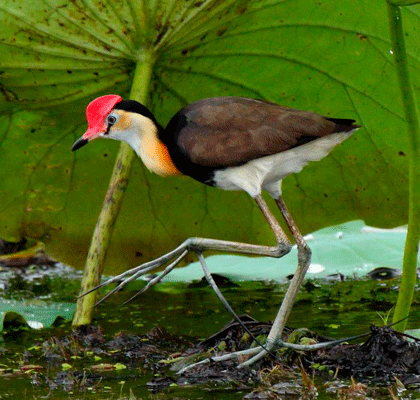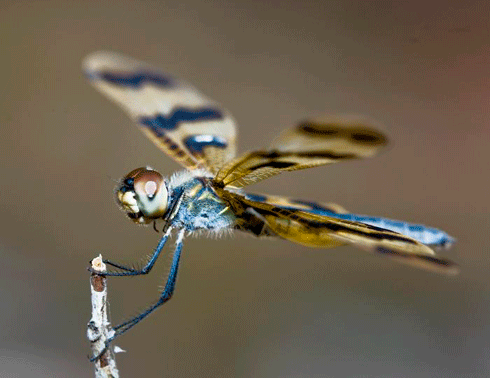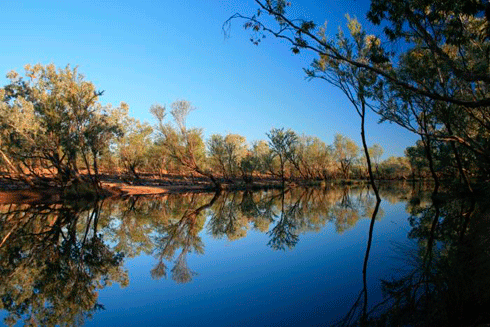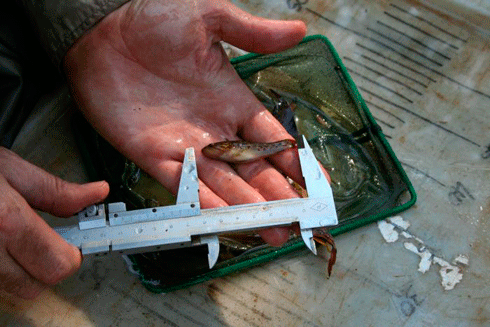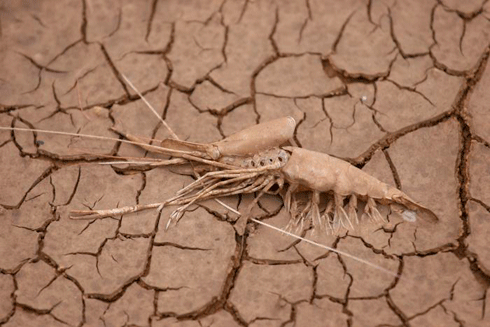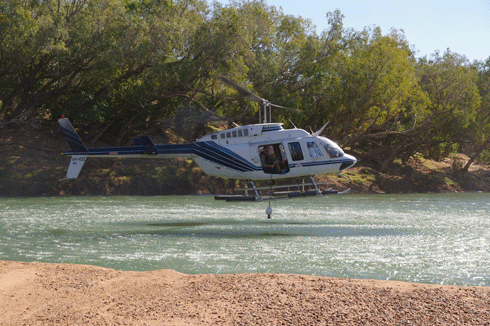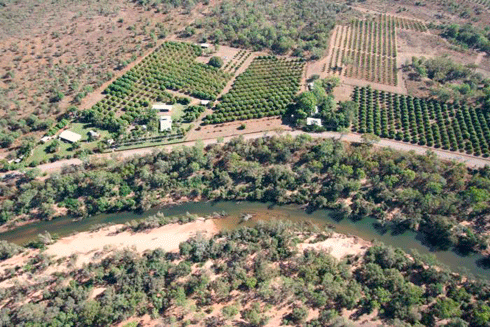
|
Published: 23 January 2012
Australian bird status survey a call to action
So often in conservation debates regarding birds, common terms such as ‘endangered species’ are bandied about without any great knowledge of what they actually mean. With the publication of the third Action Plan for Australian Birds we now have an up-to-date snapshot of the conservation status of every species and subspecies of Australian bird.
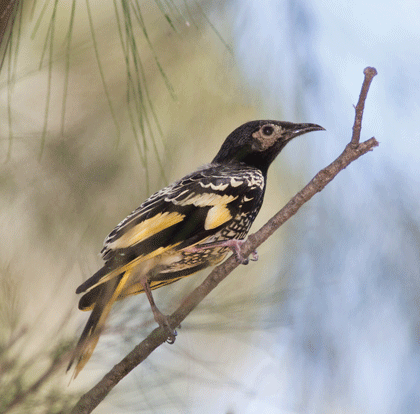
|
|
The regent honeyeater (Xanthomyza phrygia) has been added to the Critically Endangered category. Credit:
David Stowe
|
Applying the International Union for Conservation of Nature (IUCN) criteria for threatened species to Australian birds, Professor Stephen Garnett and his team from Charles Darwin University – with the assistance of Birds Australia, CSIRO and a plethora of bird experts from around the country – have undertaken the mammoth task of compiling the only comprehensive inventory we have of our birdlife.
The picture that emerges is a cause for concern. Since the first Action Plan was published in 1990, the overall numbers of bird taxa recognised as Threatened or Near Threatened according to IUCN criteria has increased to 173 species and 359 subspecies.
Of most immediate concern is the addition of five birds to the Critically Endangered category: Tristan albatross, greyheaded albatross, Norfolk Island green parakeet, western ground parrot and regent honeyeater. The reasons for this increase are many, but one common thread emerges: the ongoing consequences of habitat loss.
For the regent honeyeater and western ground parrot, the loss of habitat through land clearing has generally ceased, but the effects are still being felt. Squeezed into smaller areas of available habitat, they are more vulnerable to individual events, such as drought, wildfire or introduced predators.
The warnings of conservationists about land clearing are made manifest in the pages of the Action Plan – not as some esoteric concept, but as the palpable reality of alarmingly low populations of birds that only a couple of decades ago weren’t considered under any great threat.
Prof. Garnett’s work shows us just how quickly things can change. The Norfolk Island green parakeet came off the Critically Endangered list in 2000, thanks to an intensive conservation effort: only to slip back this time around, with a worrying reduction in sightings.
An entire suite of migratory shorebirds, such as the eastern curlew and great knot, have been uplisted to a higher conservation category. This is a direct result of the loss of feeding habitat along their flyway between Australia and their Arctic breeding grounds, due to industrialisation and land reclamation in key sites such as the Yellow Sea. These developments have continued apace over the past decade, as the products of Australia’s mineral boom are shipped to fuel the Chinese economic miracle.
There are many instances of birds disappearing from across their former range. Fairy terns and Australasian bitterns have been affected, due largely to water management decisions, particularly in the Murray–Darling Basin; Mallee emu wrens have had their remaining habitat ravaged by ever increasing wildfires; several albatross species have been affected by longline fishing; and the greyheaded albatross has had reduced breeding success on Macquarie Island due to the overabundance of rabbits. Current measures to reduce rabbit numbers on the island give some hope that this species will eventually be able to be downlisted from Critically Endangered.
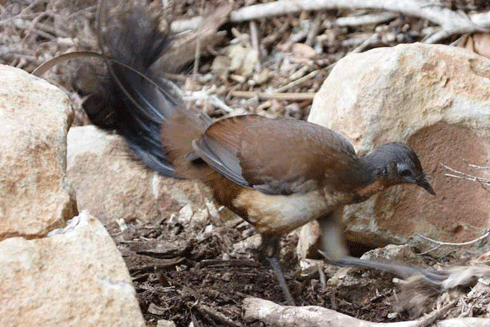
|
|
The Albert’s lyrebird (Menura alberti) is a success story in conservation terms and has been downlisted to a lower conservation status. Credit:
Jim McLean
|
There are, however, some success stories in the Action Plan. These include the downlisting of Albert’s lyrebird and Muir’s corella, due entirely to specific conservation efforts aimed at preserving habitat and stopping persecution. With the successful control (for now) of yellow crazy ant colonies, several Christmas Island species, such as Abbott’s booby and the Christmas Island hawkowl have also made something of a comeback.
While these are encouraging signs, far too few such good news stories have emerged from the Action Plan. Let us hope that now we have these measurable criteria, governments around the country will factor these assessments into their own legislative frameworks. Then, we can all start working on specific actions recommended for each bird in the Action Plan to improve the outlook for our avian species before the next Action Plan for Australian Birds comes out in 2020. Now, there’s a truly worthy 20/20 vision to aim for.
Sean Dooley is an author, birdwatcher and editor of Australian Birdlife, the member magazine of BirdLife Australia. You can order a copy of the Action Plan for Australian Birds online from CSIRO Publishing.


